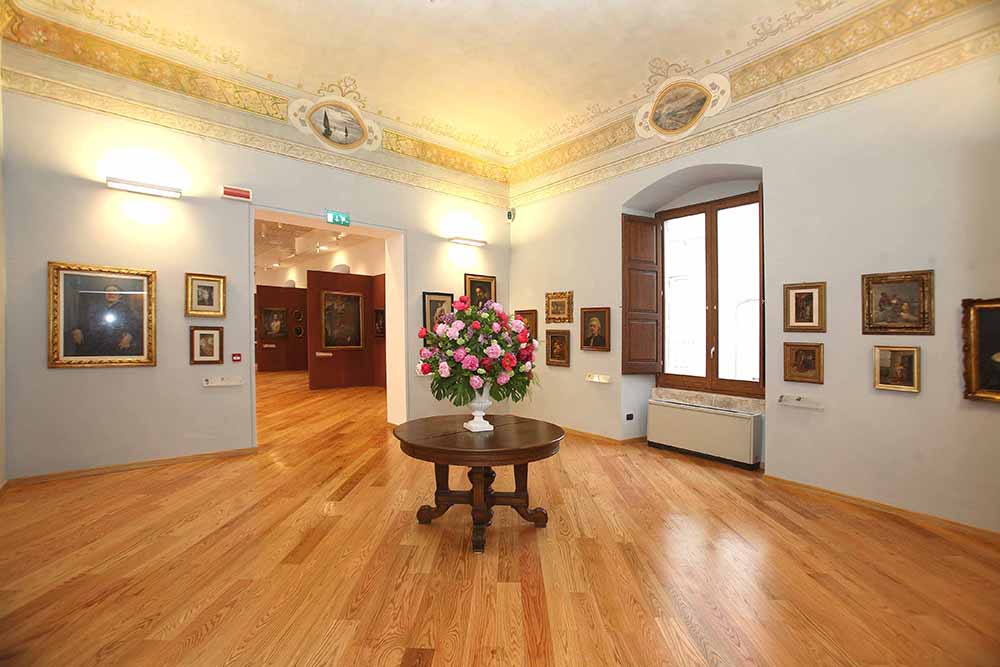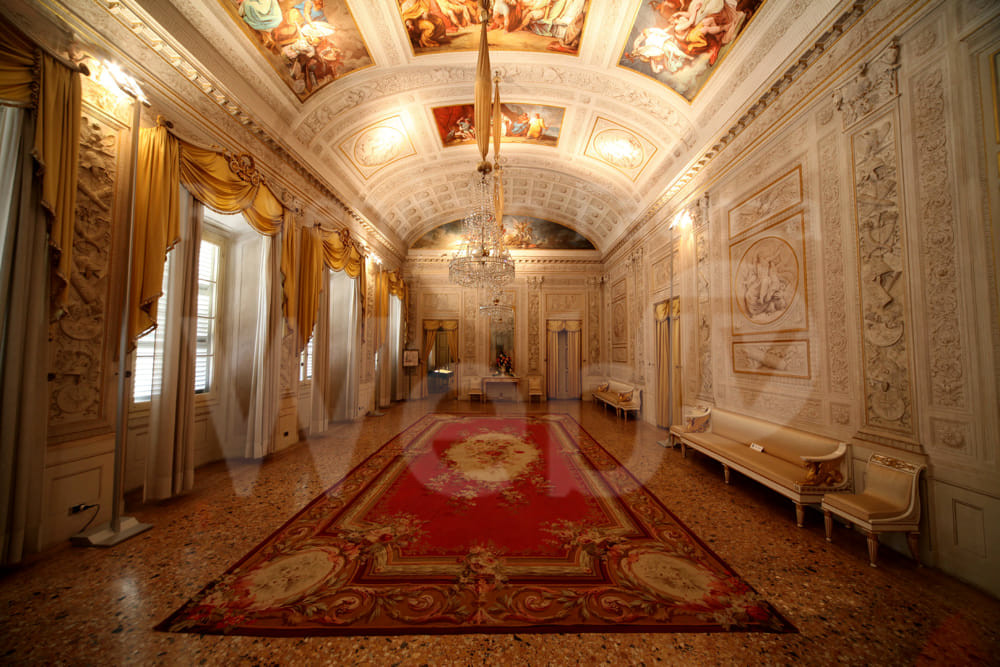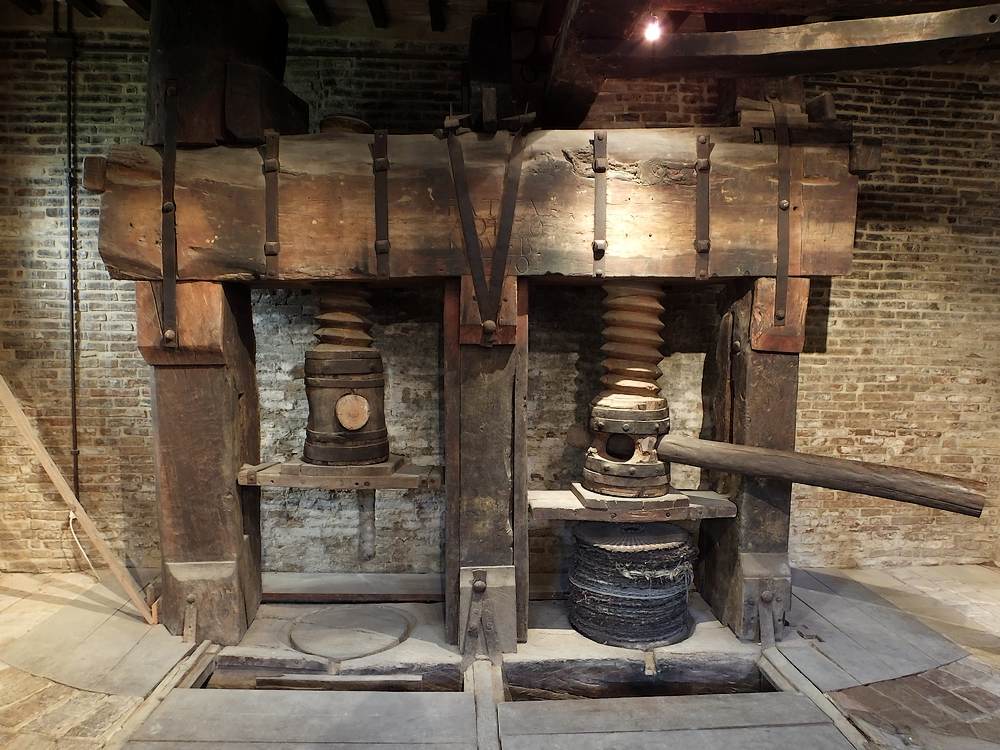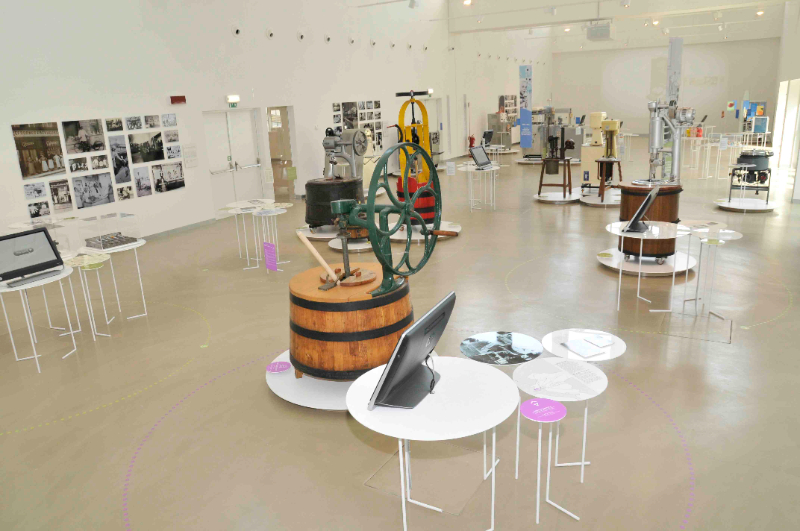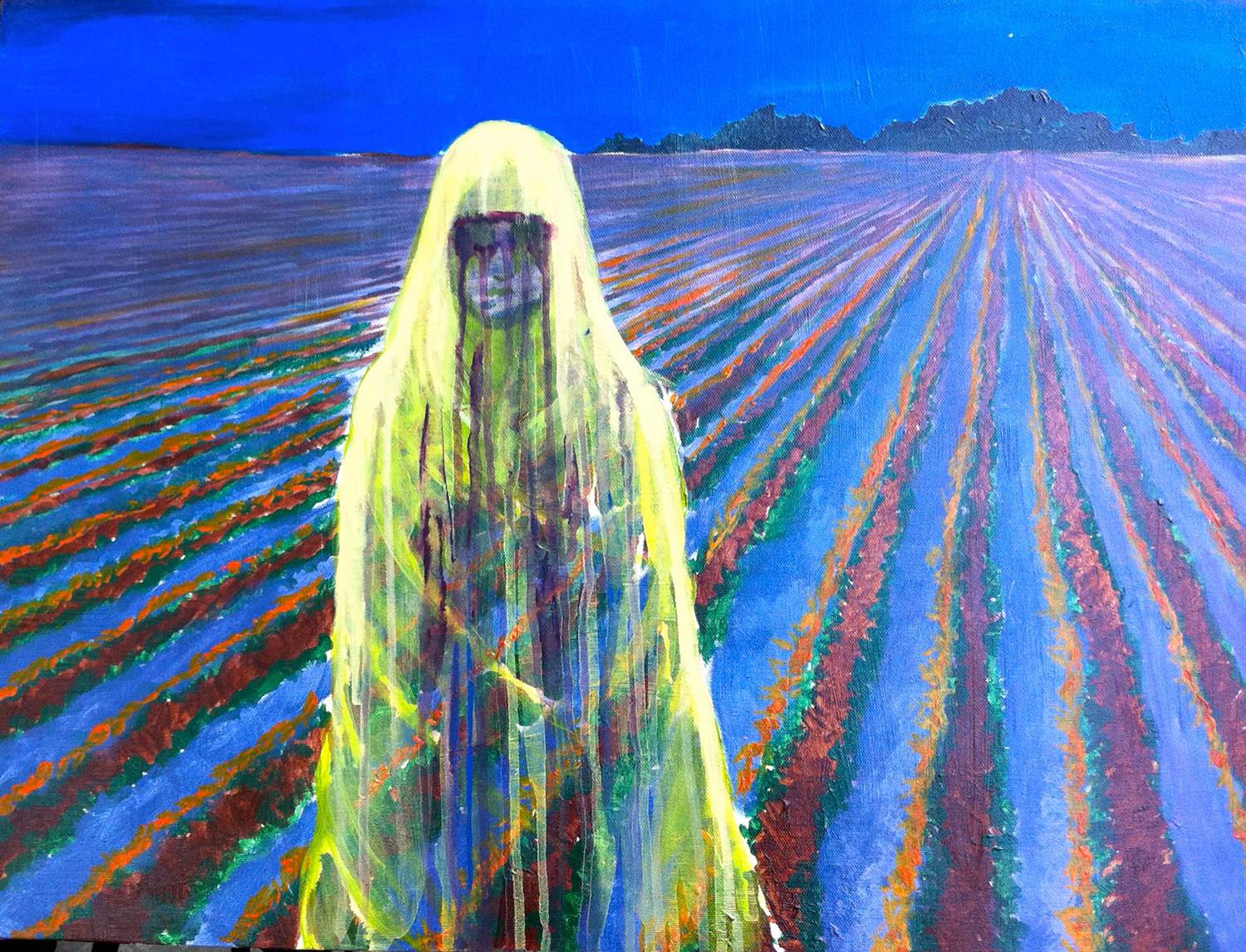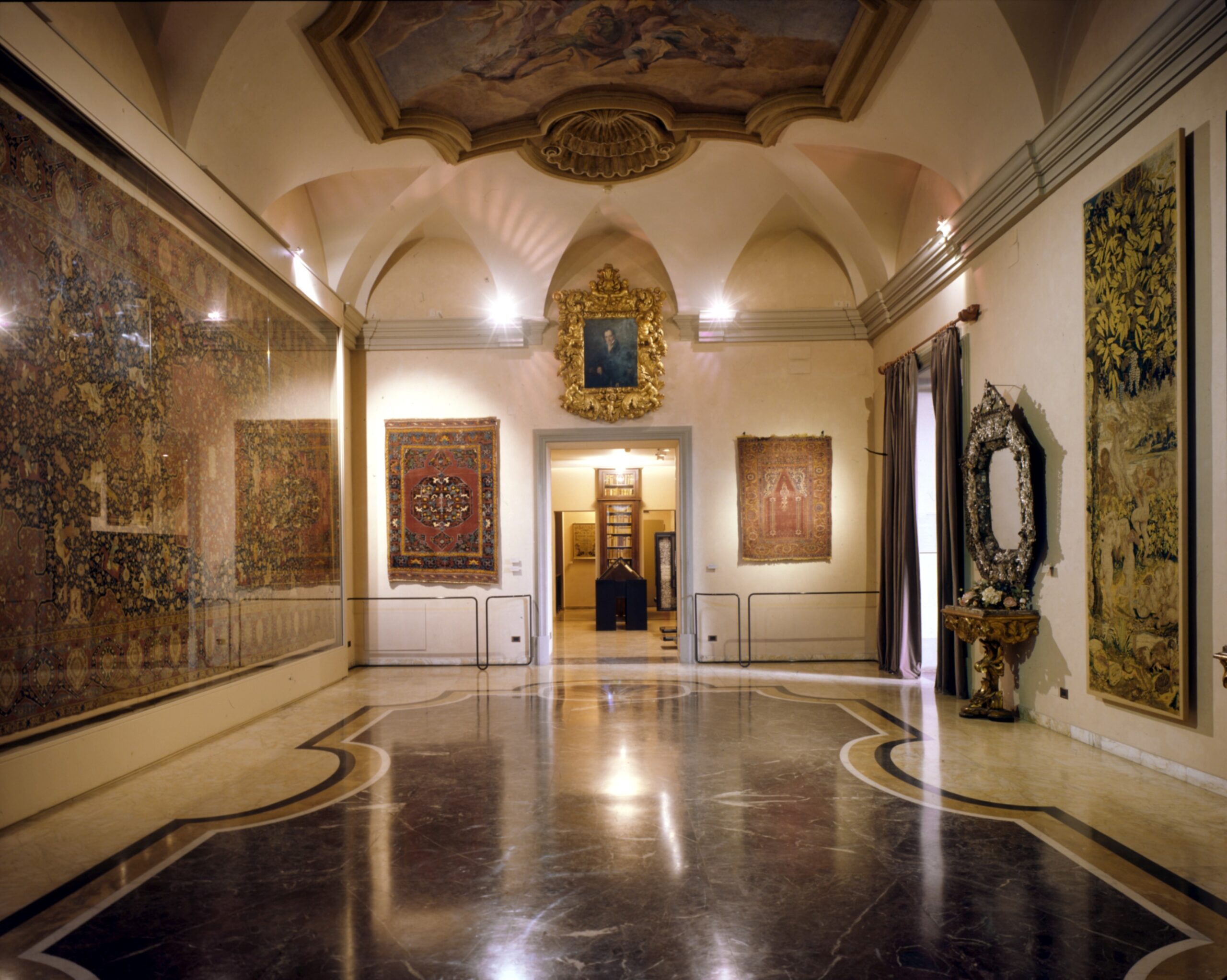The National Gallery of Puglia "Girolamo e Rosaria Devanna" houses a magnificent collection of works of art, covering a period from the 16th to the 20th century. The collection is housed in the rooms of Palazzo Sylos Calò, an extraordinary scenic backdrop in Piazza Cavour and the highest expression of Renaissance civil architecture in Bitonto, the result of a complex evolutionary process. Built on medieval buildings, in 1573 the residence was granted in perpetual emphyteusis with the pact to restore it to Giovanni Alfonso Sylos, a member of the Burgos family, who arrived in Puglia in 1503. The work was completed in 1584 with the elevation of the elegant loggia overlooking the most important square of the ancient city.Iscrizionescrizione nell’Elenco degli Edifici Monumentali d’Italia dal 1902, is located along the ancient street "delli Mercanti" that once connected the main city gate, Porta Baresana, and the Cathedral. The palace has a portal decorated with a pair of medallions with imperial effigies that leads to the inner porticoed courtyard, overlooked by several rooms on the ground floor. In July 2004, with a special deed of donation, the brothers Rosaria and Girolamo Devanna of Bitonto entrusted to the Ministry of Heritage and Culture and Tourism an important and valuable collection of paintings with the aim of establishing the National Gallery of Puglia dedicated to modern and contemporary painting, opened to the public in 2009. The collection includes 354 paintings and drawings dating from the sixteenth to the twentieth century and is the result of a passionate research conducted by Girolamo Devanna on the antique market, through exchanges with other collectors or private purchases. Its variegated and unpredictable physiognomy has as its only common thread the taste for the discovery of the unpublished, the curiosity for the different forms of artistic culture, supported by a great intuition and an equally singular knowledge of art history. They are brought together in the Museum from the greatest interpreters of Italian and foreign figurative civilization, in particular of the sixteenth, sixteenth and eighteenth centuries, to representatives of "minor schools", significant, however, of alternative routes, to masters and schools of the nineteenth century, Italian, French, German, English, up to unique achievements of contemporary artists even overseas. Of great interest is also the large number of sketches, preparatory studies, models, replicas or antique copies, not least the precious corpus of drawings by Italian and European artists between the 16th and 20th centuries.
